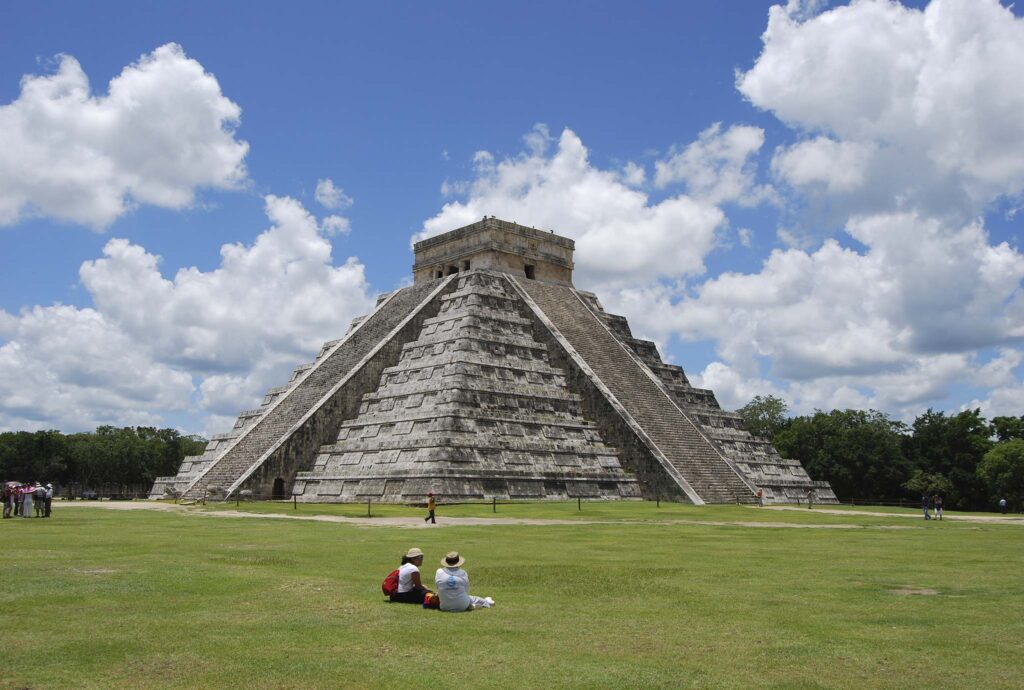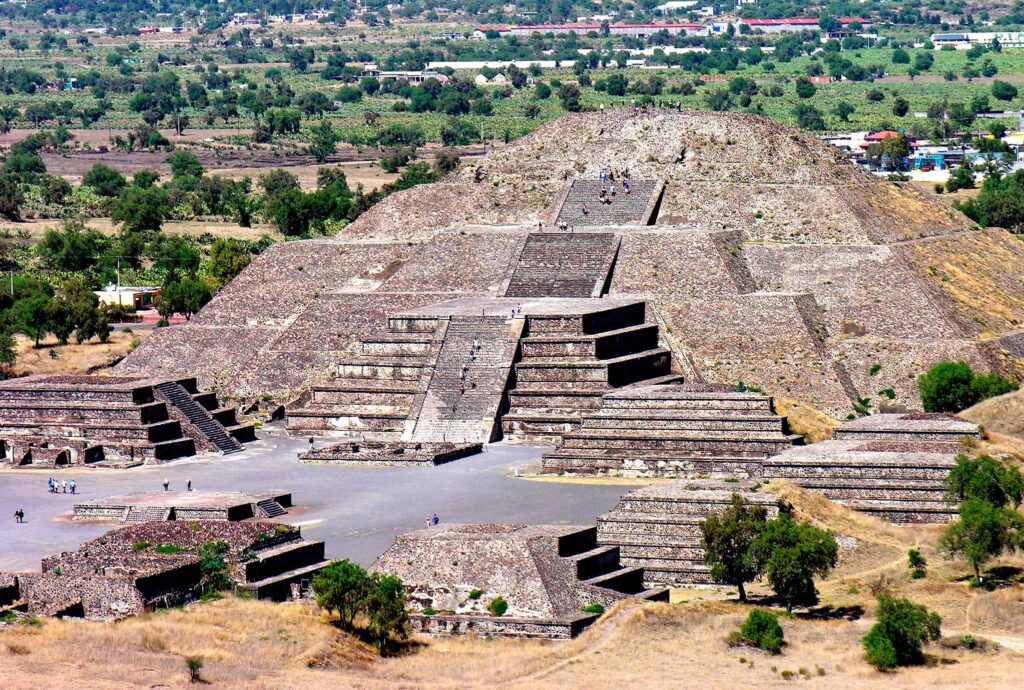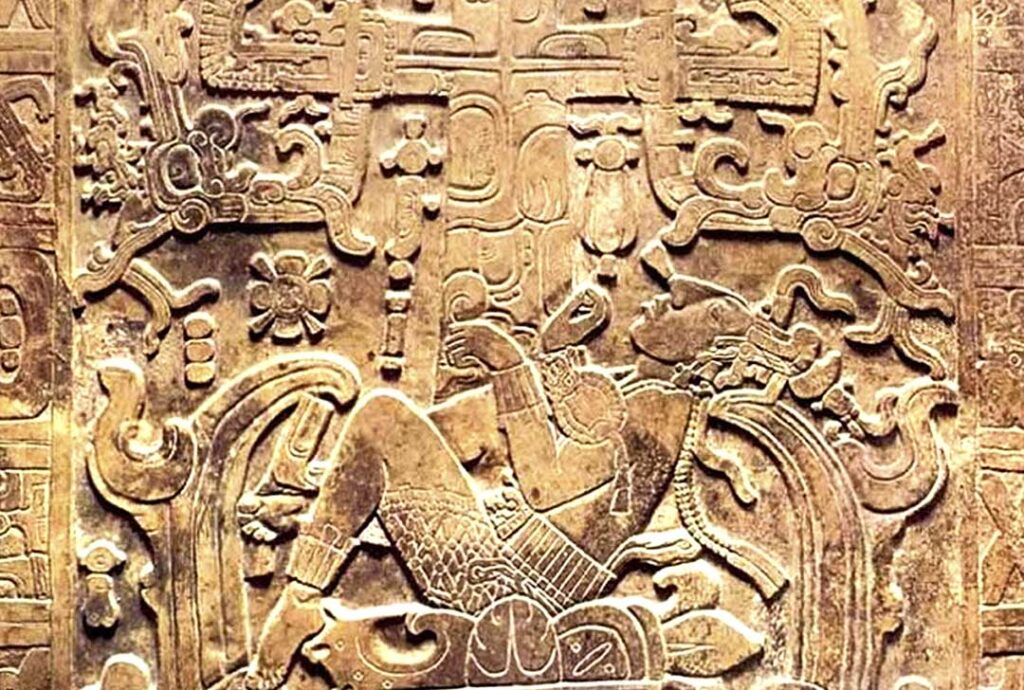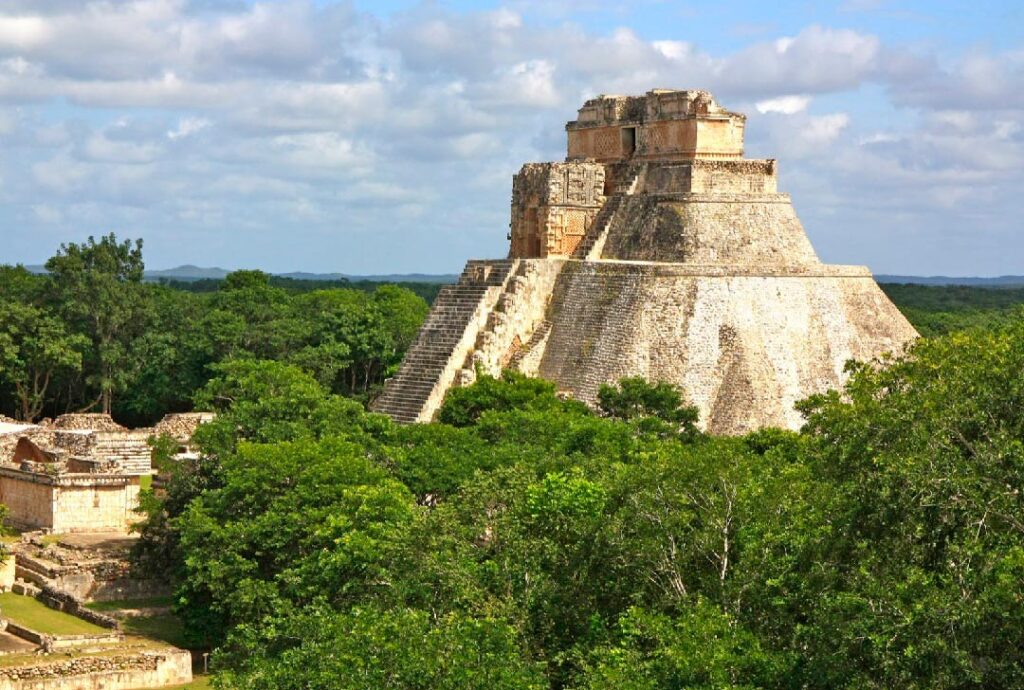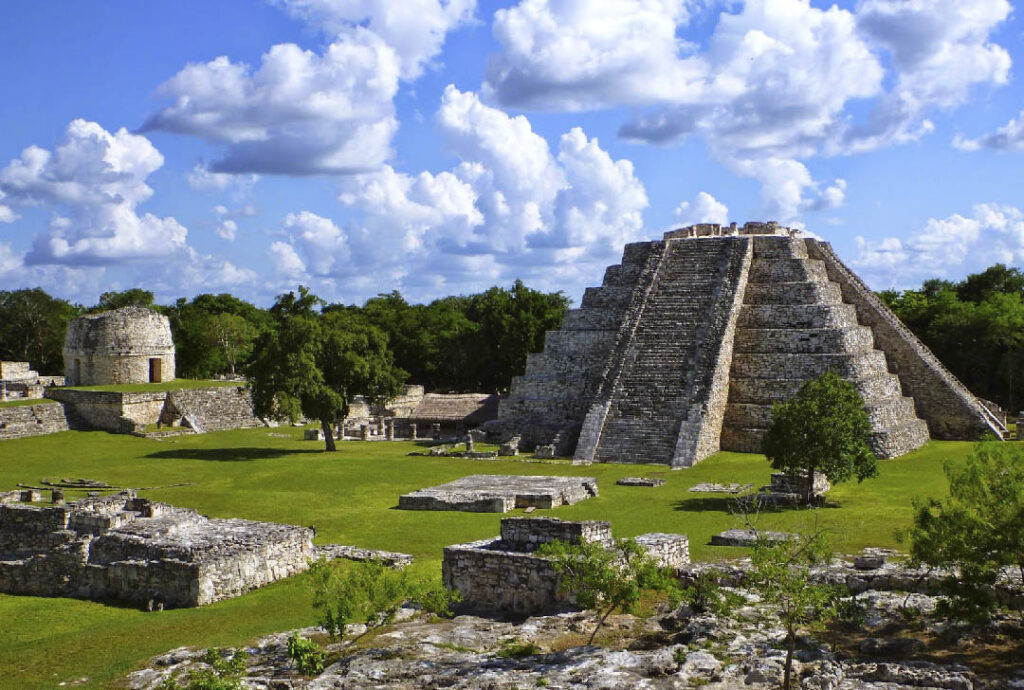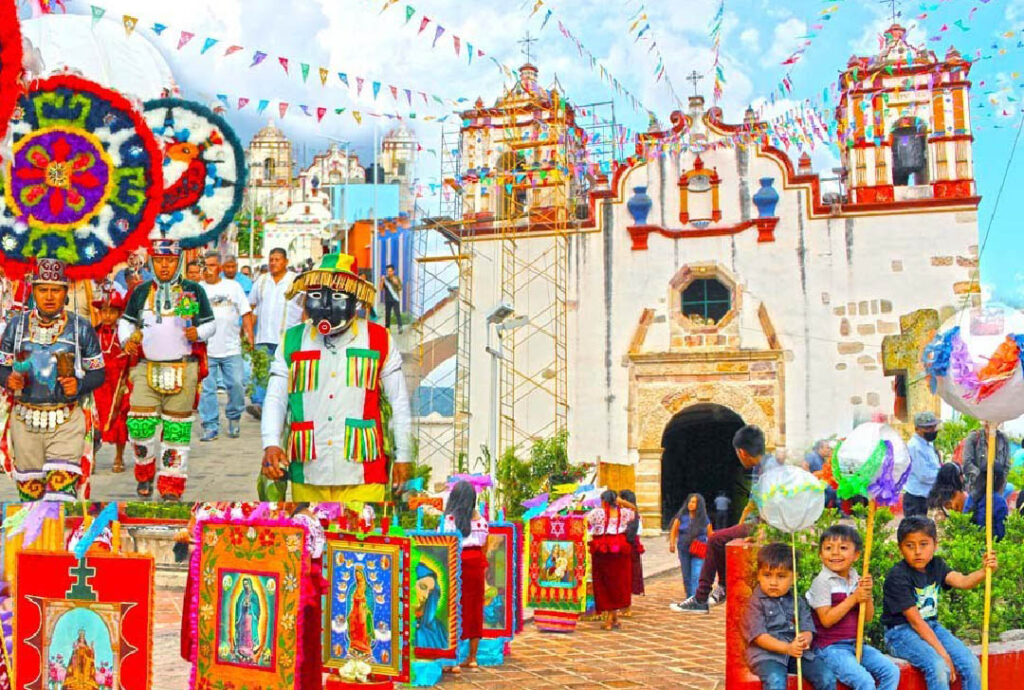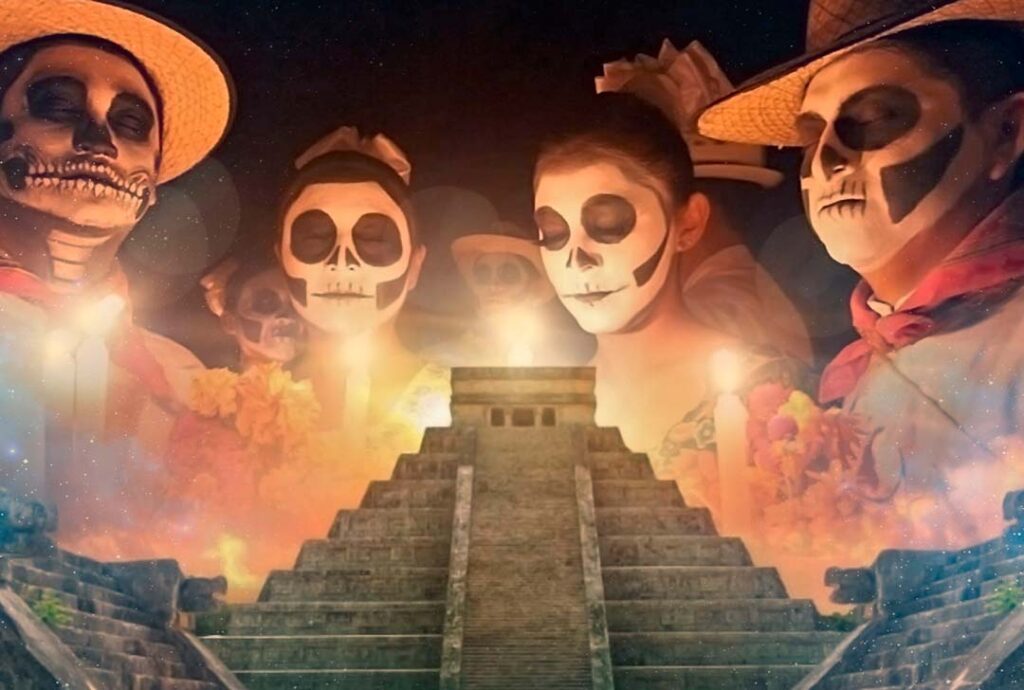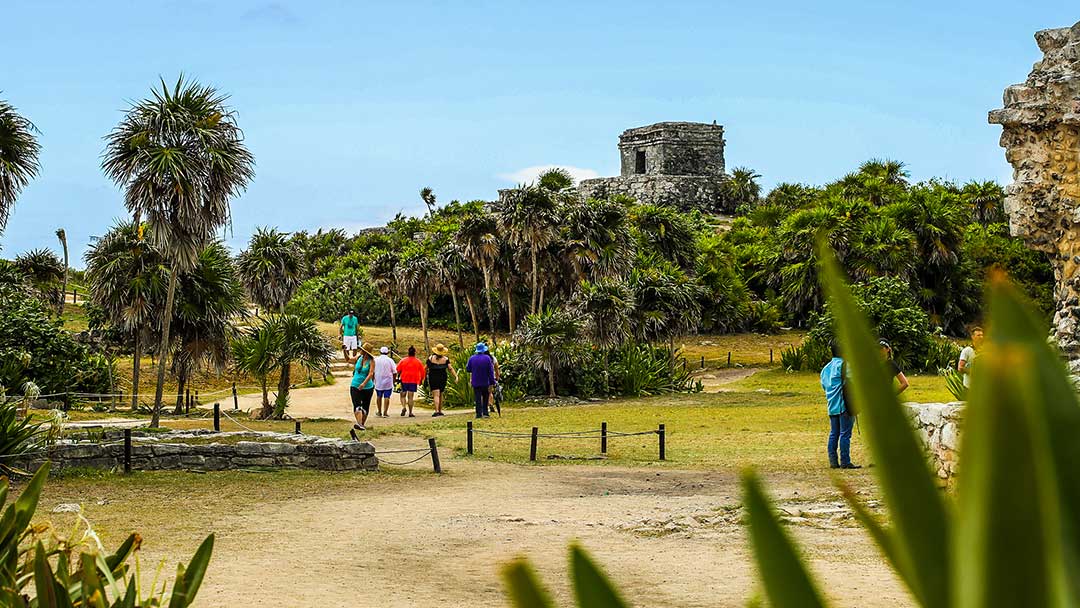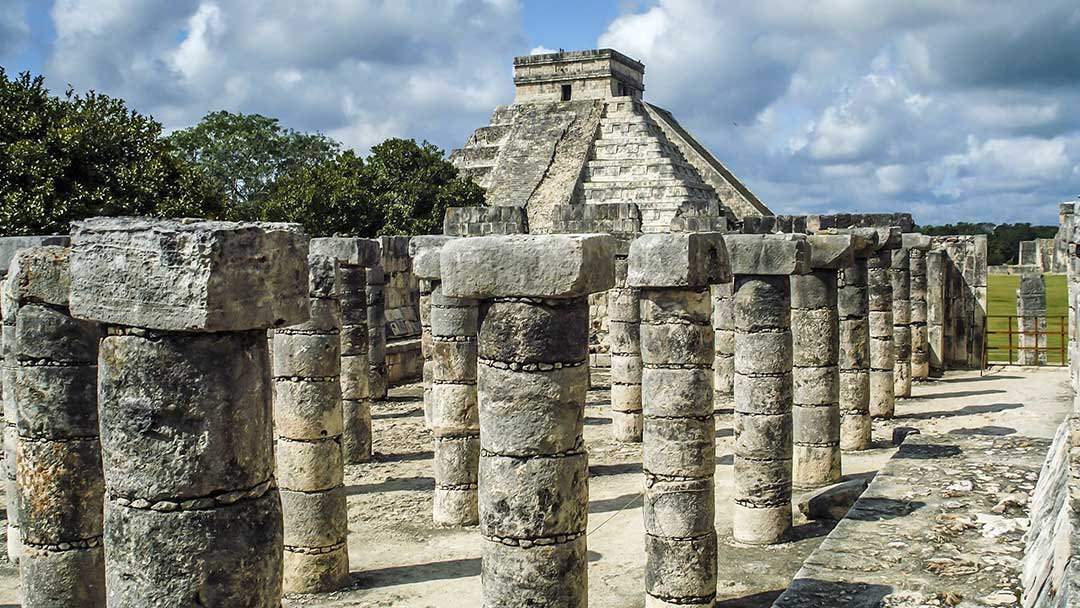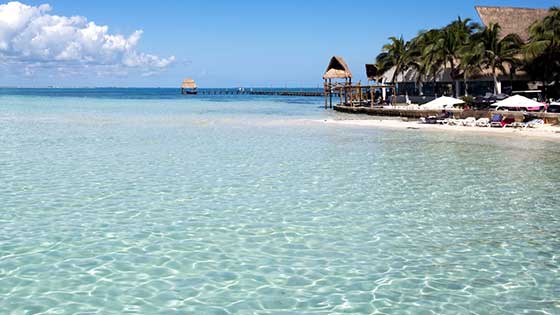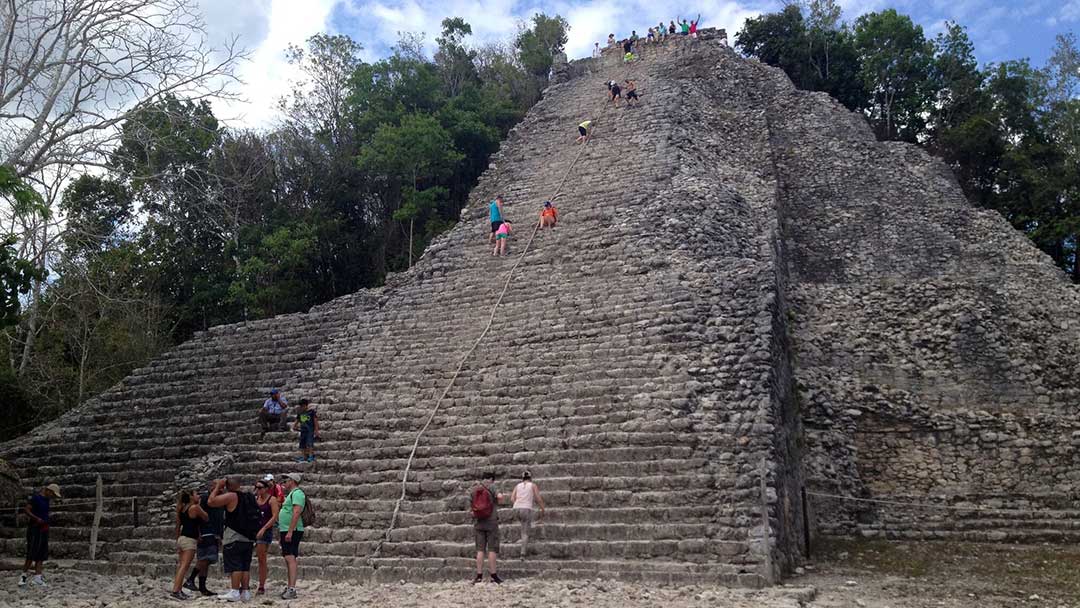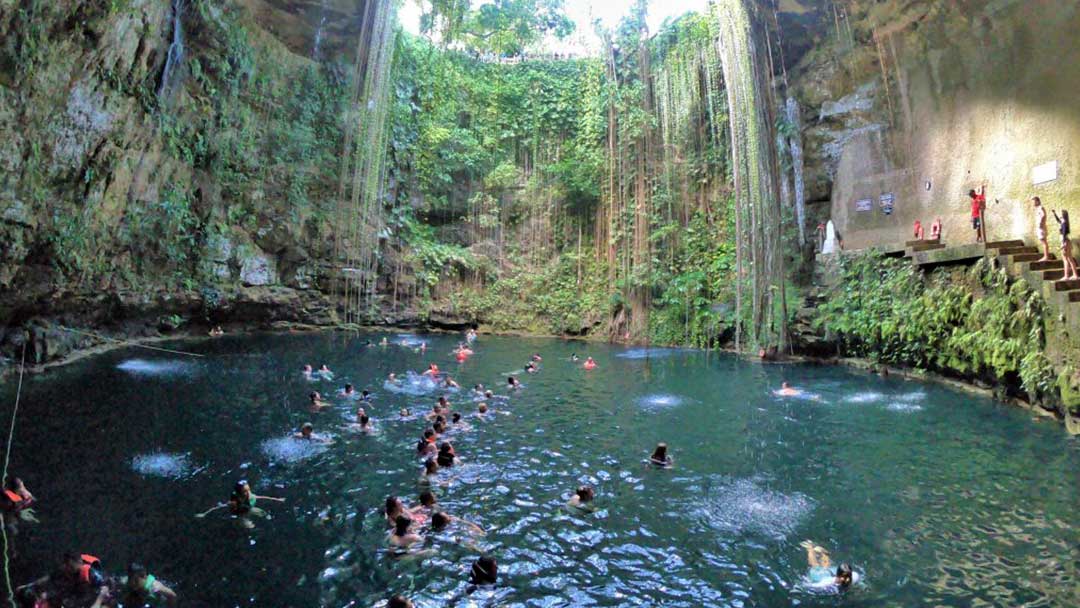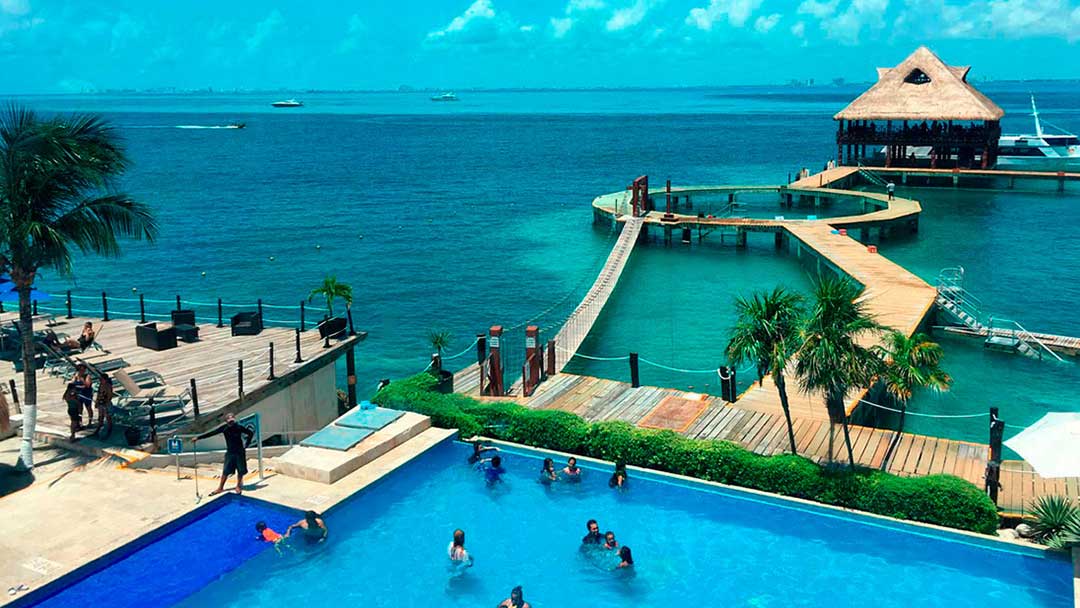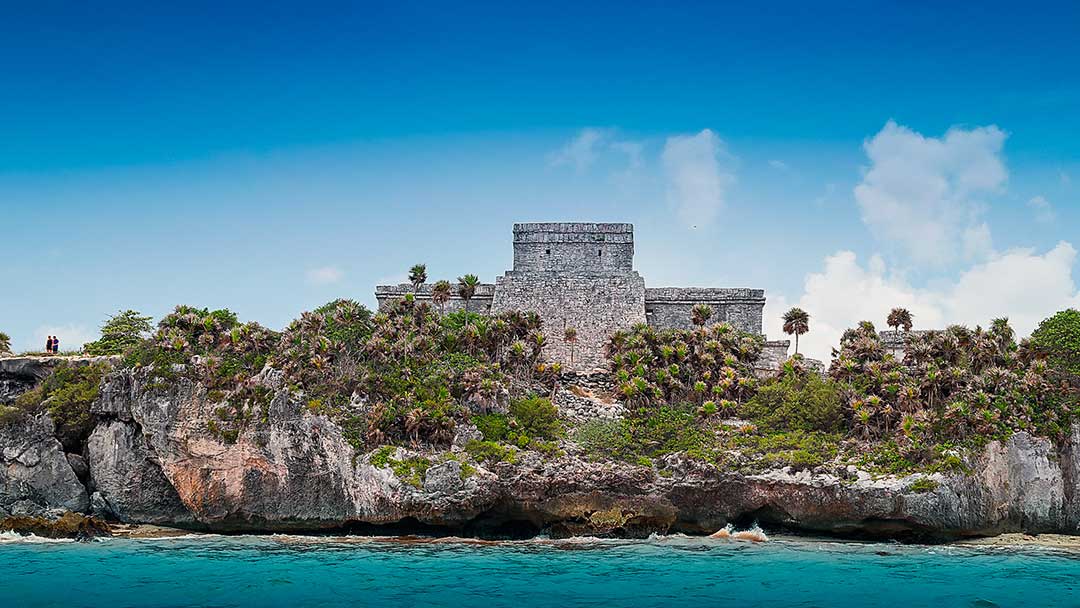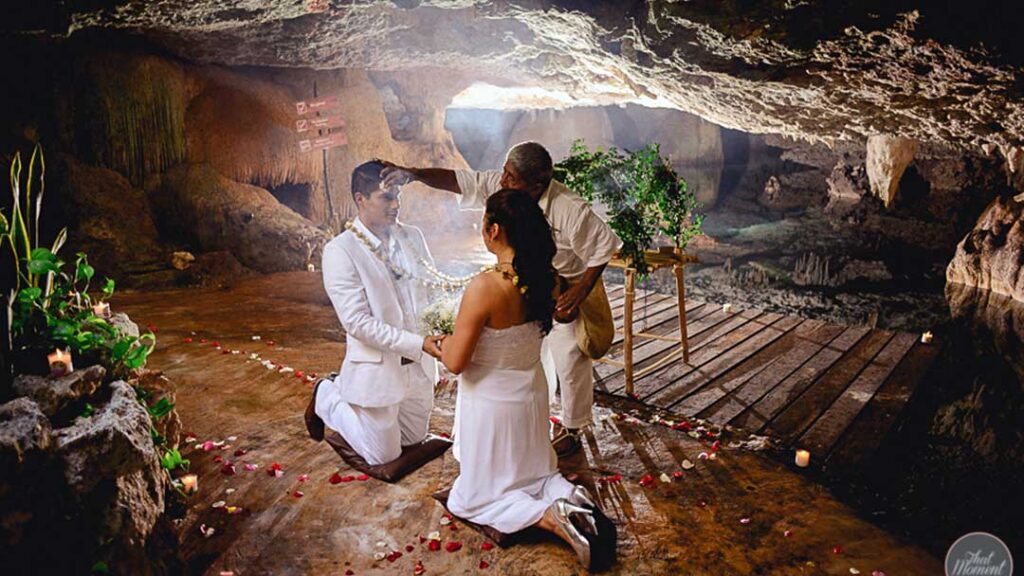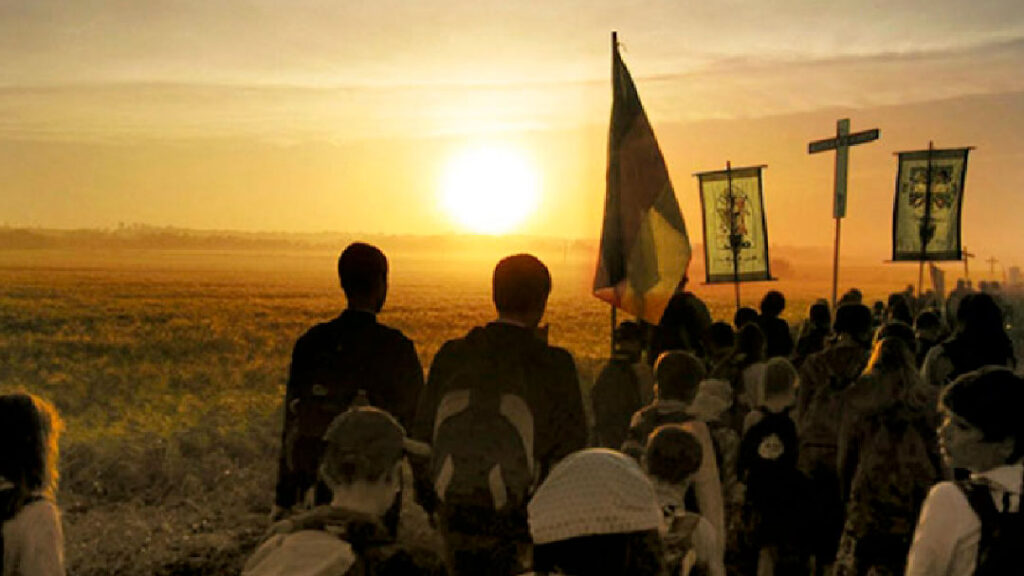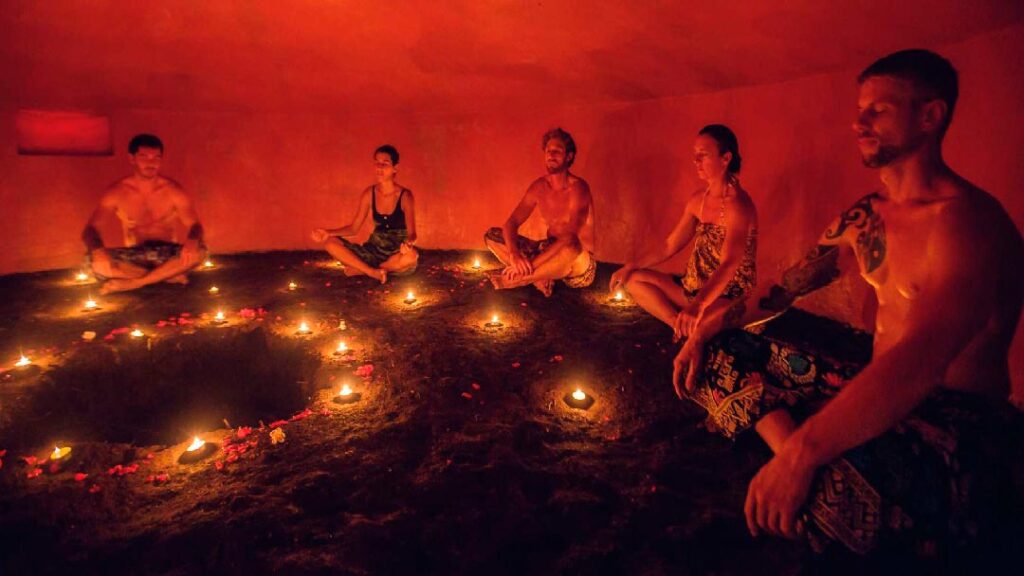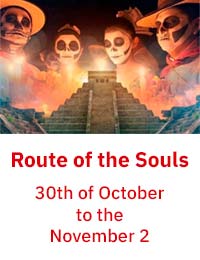PILGRIMAGES
Live the path of your Faith!
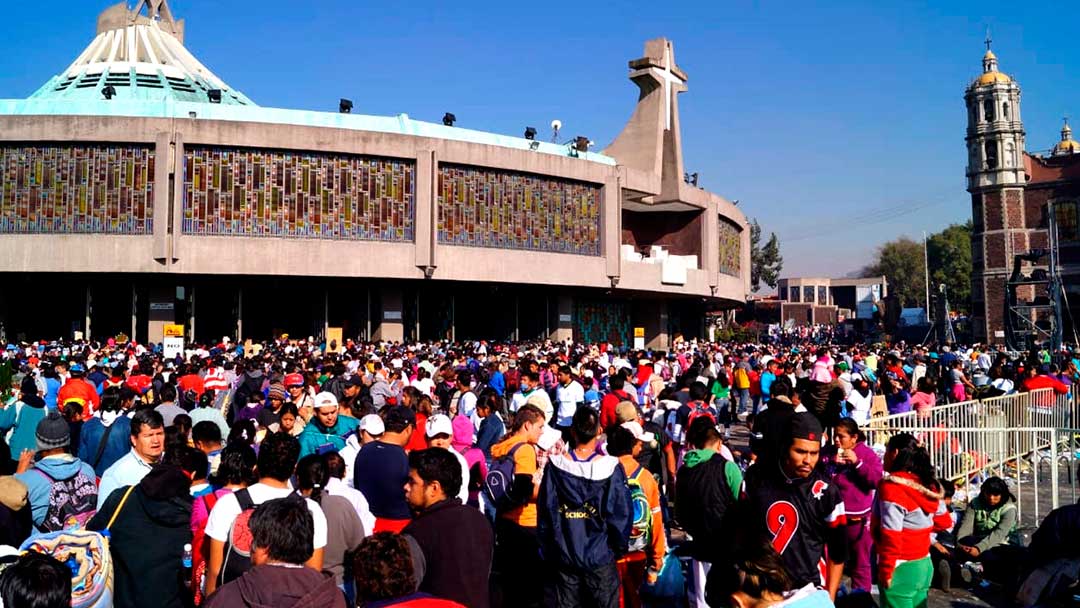
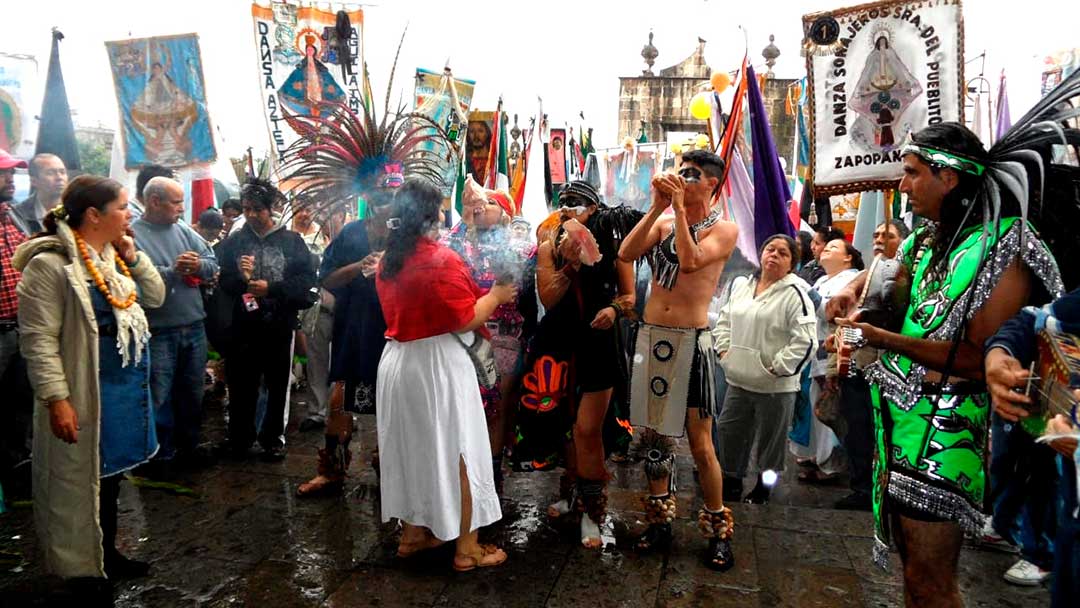
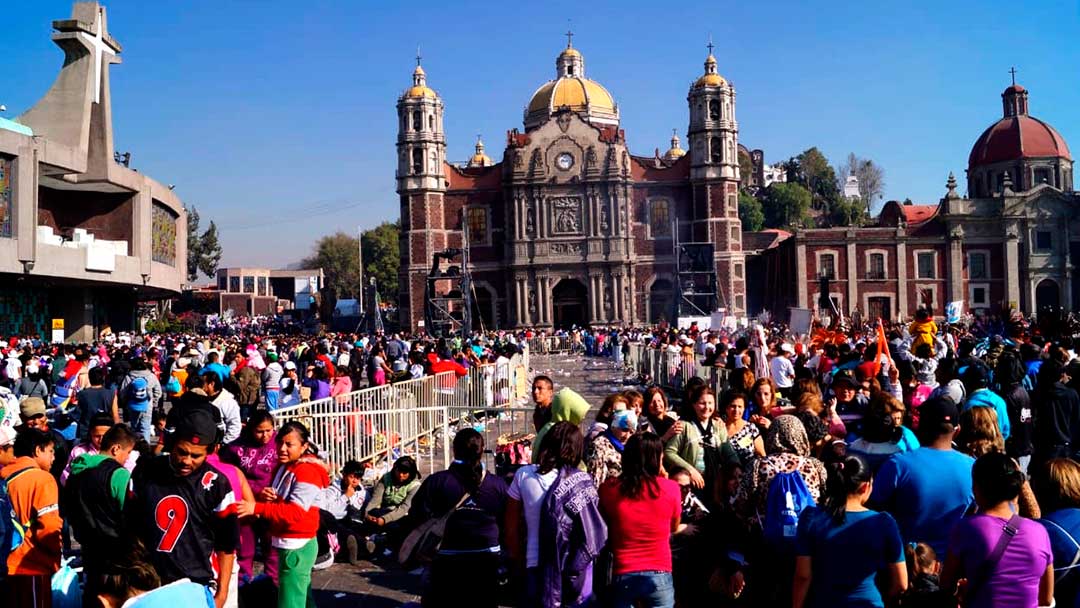
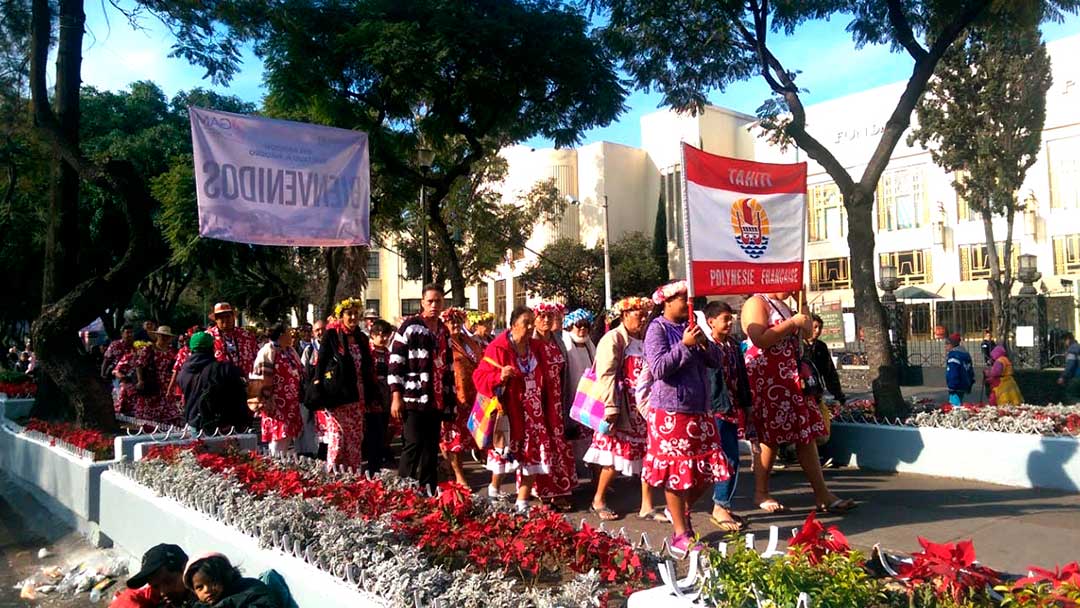
Live with us your great adventure!
Since pre-Hispanic times in México there are sacred places where thousands have come every year to find help, shelter, or express their gratitude. Many of the places to which thousands flock today are in fact spaces where pilgrims arrived long before the arrival of the Spanish. As an example, it is known that only in the vicinity of Tenochtitlán and Texcoco, the Spanish built 68 temples on sacred structures, and even today there are 20 standing.
Therefore, the pilgrimage routes in México, even today, are closely linked to the religious journeys of the Mesoamerican inhabitants for thousands of years.
We present some of the most important sacred pilgrimage spaces in México where thousands of people deposit their effort, hope; sites full of faith and mysticism.
Cerro del Tepeyac (Toci-Tonantzin-Basílica de Guadalupe)
In pre-Hispanic times, a small worship center for Tonantzin (our venerated mother) was located here. Different Mexica deities received the name of Tonantzin, such as: Coatlicue, Cihuacóatl and Teteoinan (mother of the gods). Tonantzin, who was referred to as “Nuestra Señora”, fits perfectly with the Catholic relationship to the Virgen María. Even today many indigenous people still use the concept of worship of Tonantzin-Guadalupe.
Basílica de Nuestra Señora de San Juan de los Lagos
After the Basílica of Guadalpue, it is the second place in the country that receives the most religious visitors (about 5 million a year). In 1542, the Franciscan friar Miguel de Bolonia endowed this city with the image of this Virgin, which has been considered miraculous since colonial times.
Cerro del Cubilete, Guanajuato
On the top of this hill, the monumental Christ of the Mountain was built in 1940. Plutarco Elías Calles had ordered the dynamite of a Christ that had been erected in the same place since 1920. Today it is the third Catholic place in Mexico with the most visits from pilgrims receive. Trucks full of people usually arrive at the foot of the hill and then climb on foot on one of the most important pilgrimages in the country.
Chalma
Of pre-Hispanic origin, in this town the god Oztotéotl was worshiped, whose image was found in a cave. According to the Augustinians, in this same place the image of Jesus Crucified appeared, and then the cuto transmuted the Christian. Every year thousands arrive at this sanctuary from different pilgrimage routes, and it is one of the most notorious, since pilgrims leave signs of worship along the way as a way of homage and devotion.
Plateros, Fresnillo: Santo Niño de Atocha
This site became famous when the Santo Niño de Atocha supposedly began to appear with dirty feet (just like the history of this figure in Spain). Miners from this area of Zacatecas who had been trapped declared that they had been fed and rescued by this figure turned into a real child. Since then it is highly revered as miraculous, thousands come to visit it every year, especially from the western part of the country.
Izamal, Yucatán
Itzamná is a thousand-year-old place of sacred lands, where according to tradition, the high priest of the Mayans lies buried. This city that today is also famous for being painted yellow and has been visited for its religious attributions for millennia. After the conquest, the image of the immaculate for this city became very famous for her miracles. Thus, thousands come to this place every year to ask for their favors, especially from the southeast of the country. The Santuario de la Virgen de Izamal is the second largest temple in the world.
San Judas Tadeo, Temple of San Hipólito
There is no doubt about the fervor that is breathed in the streets of the center of the country every day on the 28th, especially on October 28, to venerate San Judas Tadeo, the saint of impossible causes. Thousands come mainly to the Temple of San Hipólito in Mexico City to thank and implore him, carrying with them the sculptures of this saint. It is one of the oldest temples of Catholicism in Mexico, built in 1521 as a celebration for the taking of Tenochtitlán, in the same place where Hernán Cortés had installed a hermitage to commemorate the fallen Spaniards on the Noche Triste. Thus, this space has more than 500 years of religious veneration.
Santa Muerte, Ciudad de México
Non-Catholic pilgrimage, this cult of pre-Hispanic roots and based in the Tepito neighborhood. It obtained its official registration in 2007 and more and more people openly acknowledge their worship of it. Today it has around 5 million devotees and every year thousands attend the Annual Rosario de la Santa Muerte in Tepito.

